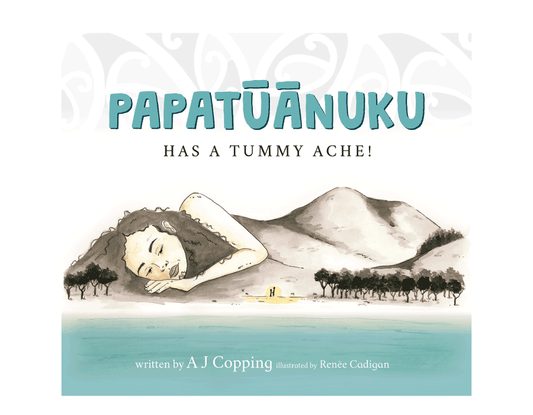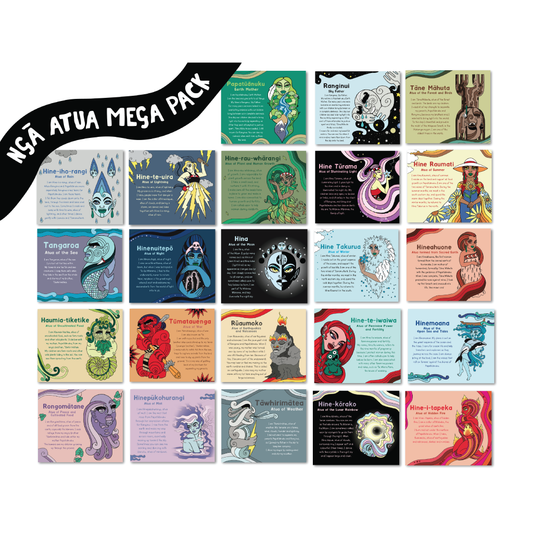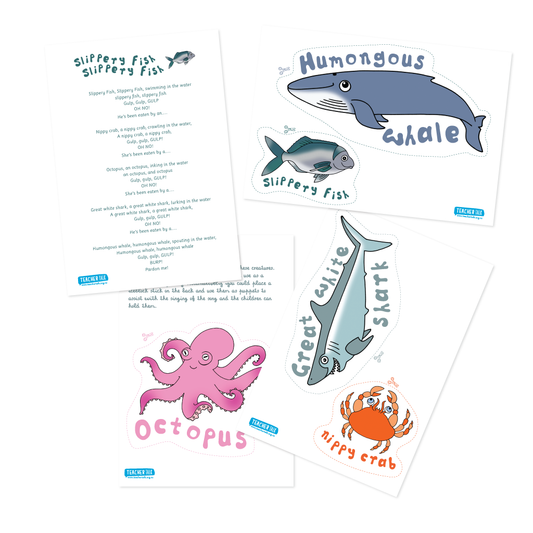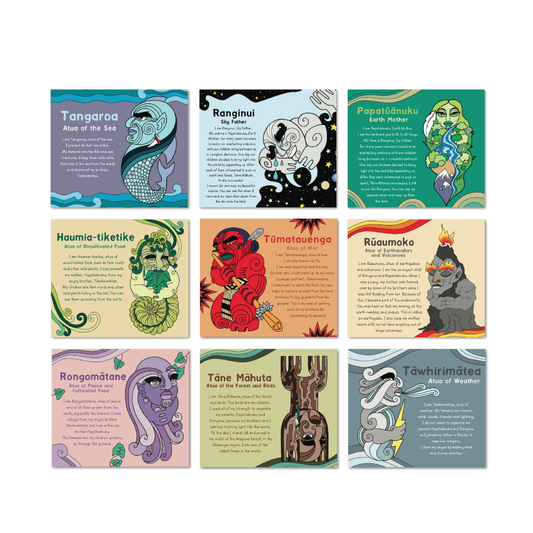Have you ever seen a child completely absorbed in stacking pinecones, pouring buttons, or rolling a metal ring across the floor? That’s the magic of loose parts and heuristic play—simple, open-ended experiences that lead to deep, meaningful learning.
What are Loose Parts?
Loose parts are everyday items that tamariki can move, stack, combine, take apart, or use in a million different ways. Think shells, stones, ribbons, curtain rings, cardboard tubes, wooden pegs, fabric scraps… anything that invites imagination.
Unlike traditional toys, loose parts don’t have a fixed purpose. That’s what makes them so powerful. A block might become a phone, a stage, or a spaceship. Loose parts let tamariki take the lead—they create, problem-solve, experiment, and invent their own worlds.
What is Heuristic Play?
The word “heuristic” comes from the Greek heurisko, meaning “I discover”—and that’s exactly what is happening. Tamariki explore weight, texture, sound, cause-and-effect, and how objects move or interact. It’s thoughtful, slow, and deeply satisfying for both the child and the kaiako observing.
Loose Parts and Sensory Treasure Baskets
(Ngā tākaro rāwekeweke, kete taonga tairongo hoki)
Loose parts and sensory treasure baskets are safe everyday objects for infants, toddlers, and young children to explore. These materials encourage open-ended play, with no right or wrong way of doing things.
Loose parts and treasure baskets can help tamariki to:
- Use their senses to explore smell, texture, sound, taste, weight, and how objects balance, fall, or fit together
- Develop focus and attention through self-directed exploration
- Tinker, imagine, invent and experiment as they test ideas and try new things
- Explore mathematical concepts like sorting, classifying, counting, measuring, sequencing, and problem-solving
- Build language and storytelling skills, naming and describing objects, sharing discoveries, and developing oral language through play
This kind of play honours the way tamariki naturally learn—by following their own curiosity and interacting with the world around them.
Why Does Loose Parts Play Matter?
Loose parts and heuristic play offer so many benefits:
- Supports creativity and independence – children explore their own ideas freely
- Develops fine motor skills – all that stacking, threading, and sorting strengthens little hands
- Builds focus and persistence – tamariki often stay engaged for long periods
- Encourages sustainable thinking – many loose parts are natural or recycled
- Strengthens thinking and communication – rich play leads to rich conversations
Best of all, it’s affordable, inclusive, and easy to share with whānau. Loose parts can be collected on a walk, found in the kitchen drawer, or saved from the recycling bin.
Our Role as Kaiako
As educators, we don’t need to over-direct—we just create the environment, provide beautiful and interesting materials, and let tamariki lead. We observe closely, ask open-ended questions, and trust the process of discovery.
Loose parts and heuristic play align beautifully with Te Whāriki, supporting learning across all strands and recognising each child as a competent, capable learner.
Getting Started
Want to give it a go? Try:
- A treasure basket for babies filled with safe, sensory-rich items
- A loose parts station with fabric scraps, shells, cardboard rolls, and wooden pieces
- Outdoor play with sticks, seedpods, leaves, crates, stones, and other natural materials
- Involving tamariki in collecting materials—they love being part of the process!
Loose parts play doesn’t need to be fancy. It just needs to be available. When we give tamariki the space and the resources, they’ll show us the learning.
Let’s keep celebrating this beautiful, child-led approach—where imagination leads the way, and the simplest materials become the richest learning tools.
Let us help you get started - shop our heuristic play baskets here
https://teachertalk.org.nz/search?q=play+set&options%5Bprefix%5D=last




